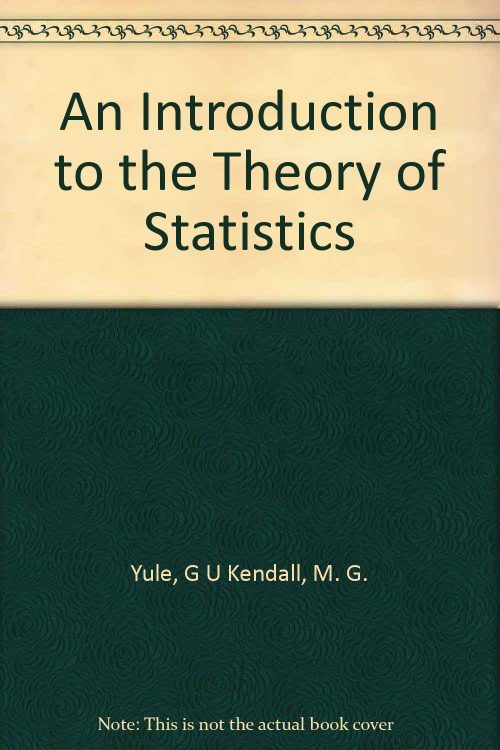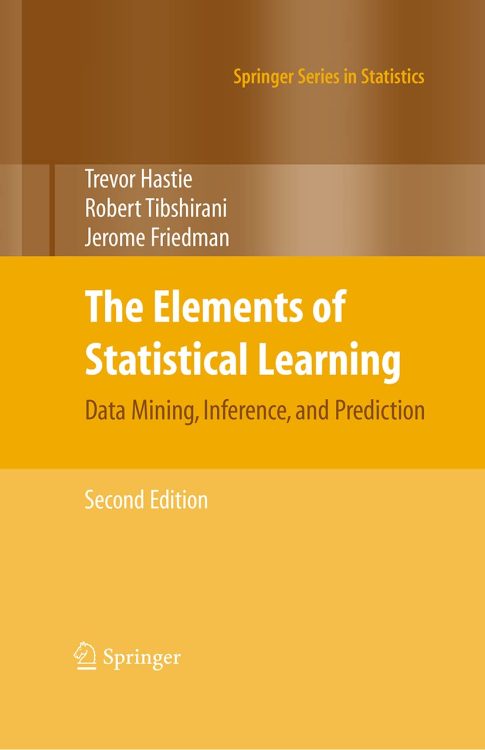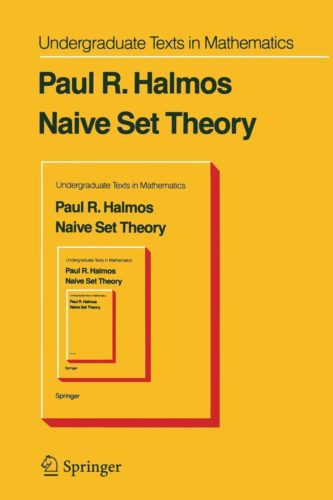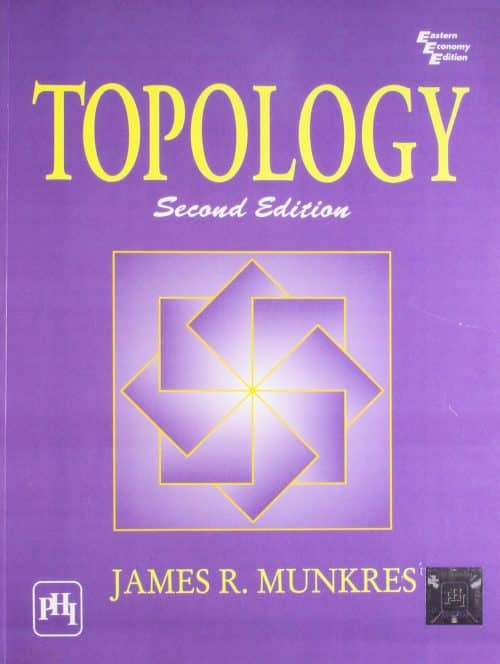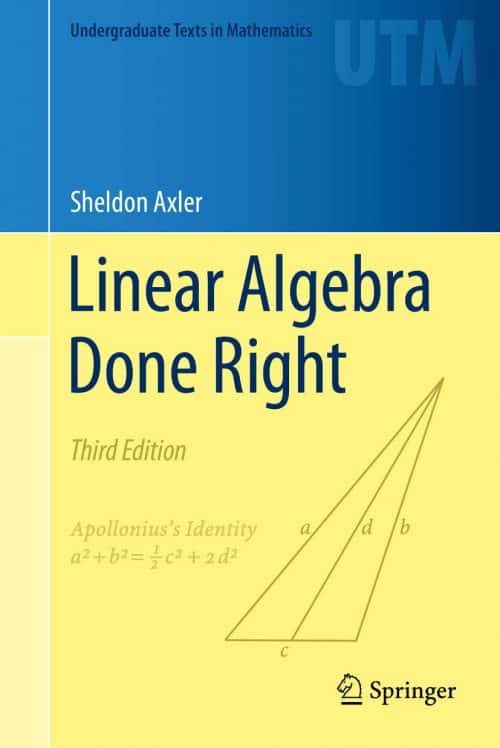Statistics education often neglects the important calculus-based math-stat sequence. It typically consists of a probability theory course followed by a statistical theory course. However, many educators believe that the first course focuses too much on probability theory, while the second course overlooks recent developments in statistics.
Wasserman seeks to address this issue with his book, All of Statistics. Though the title may be a bit ambitious, the content reflects its spirit. The book was born out of the need for a resource that provides a quick understanding of modern statistics for computer science students. As a result, it includes chapters on graph theory and highlights the significance of computer science in statistical theory.
One commendable aspect of All of Statistics is its concise treatment of probability theory. It covers the topic in just 86 pages, with a chapter on convergence of random variables. The second part focuses on statistical inference and goes beyond the usual topics, exploring the bootstrap, Bayesian inference, and statistical decision theory. The final part delves into various statistical models and methods, ranging from regression and multivariate models to causal inference and simulation. These topics go beyond what is typically covered in mathematical statistics courses. The author notes that All of Statistics only requires calculus and some algebra knowledge from the readers.
Despite its merits, All of Statistics demands mathematical maturity beyond a basic calculus background. Its mathematical content is denser than that of typical books on mathematical statistics. Students may require guidance from their instructors to navigate the notation and absorb the material. Additionally, instructors will need to explain the importance of certain topics and theorems.
To provide a comprehensive review, it would be valuable to hear from students who have used All of Statistics in a course. Without their input, one can only speculate on their experience. It is likely that a one-semester course with All of Statistics would leave students overwhelmed, while a two-semester course may leave them with a sense of accomplishment but still struggling to fully grasp the content. The presentation of the material is elegant and exposes students to vital concepts.



